Ancient ruin sites
IN THE AMERICAS
The indigenous peoples of the Americas left a heritage as mysterious and wonderful as any found in the old world. Here are just a few of the ones that stand out for the sense of place and time they convey.

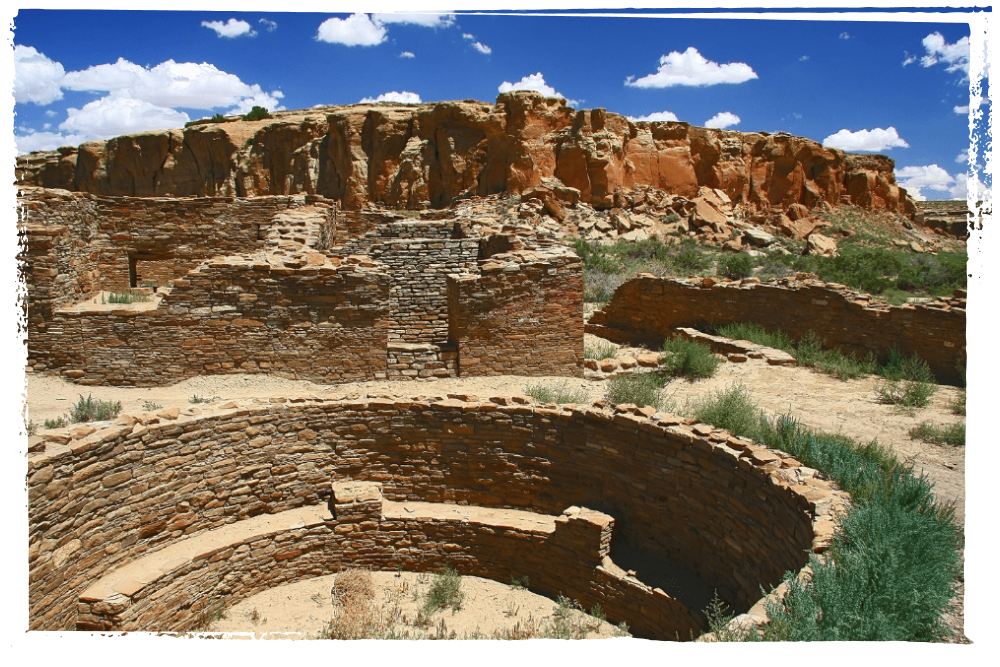
Chaco Culture National Park, built and used from 850 to 1250 AD in northwestern New Mexico, is a marvelous example of ancient engineering. A group of massive buildings of Ancestral Puebloan people located in a remote canyon, Chaco was a center of civilization for thousands of people. Some complexes here contained over 200 rooms, with a few of up to 700 rooms. The park has been designated as an International Dark
Chaco Culture National Park


Sky Park, meaning that the night sky is on full display, with no ambient light to drown out the starlight.
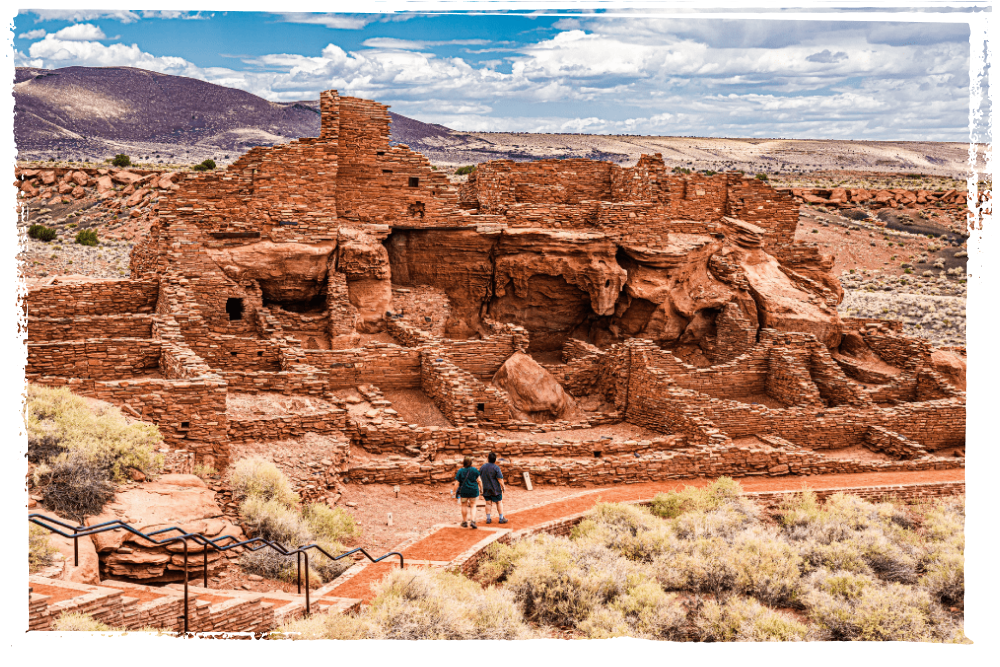
In Northern Arizona, sitting between the Painted Desert and nearby grasslands, sits Wupakti. This community was once an economic and cultural center for the Pueblo people in the early 1100s. The largest building, Wupakti Pueblo, has over 100 rooms and a community room. The Wupakti Ball Court is a circle dug out from the earth for sports.
Wupakti National Monument


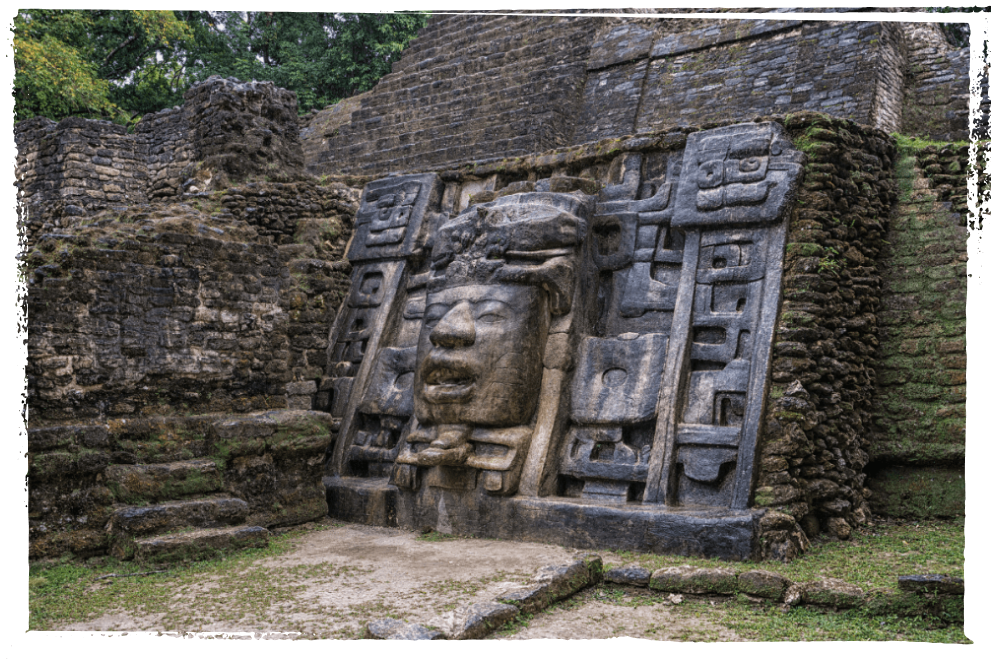
The Lamanai ruins in Belize showcase multiple temples scattered throughout a thick jungle along the New River Lagoon. Lamanai is different from most Mayan sites in the area, as it was occupied from the 16th century BC up to the 20th century AD, continually occupied for 3,000 years. The main ceremonial structures are restored and present a culture of great ingenuity. Temples such as the High Temple give a
Lamanai


great view of the surrounding jungle atop its tiered steps to the peak. Temple of the Masks, Jaguar, and Stelae also stand proud — some reaching up to 100 ft. The temples and other buildings are adorned with masks representing different animals and humans. A major attraction is the well-preserved mask of a Maya ruler emerging from a crocodile headdress.
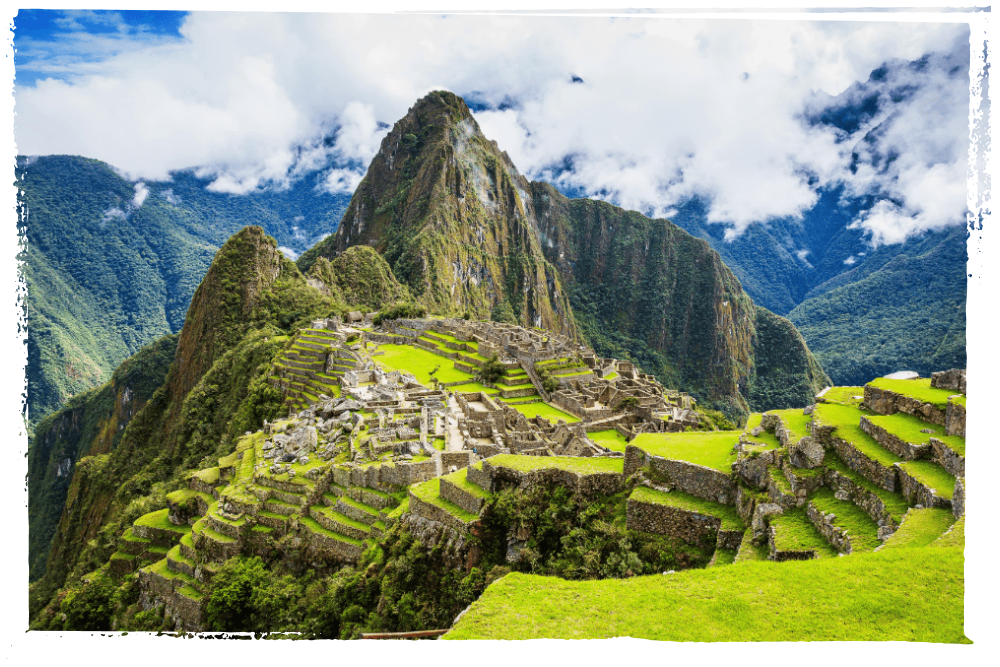
Perhaps the most famous ruins in the Americas, Machu Picchu is an Incan citadel that sits on a 7,970 ft mountain range in Peru — right in the middle of a tropical forest. There isn’t much information about the Incans that lived here, or the specific purpose of this citadel being built, as Incans did not have a written language. This 15th-century site is accessed from the nearby city of Cusco. Many visitors must acclimate
Machu Picchu


to the altitude. For the adventurous, a multi-day hike to Machu Picchu is a journey of resilience and grand views. There are also trains to the ruins. Known as the Lost City of the Incas, travelers will find it a unique, memorable adventure.
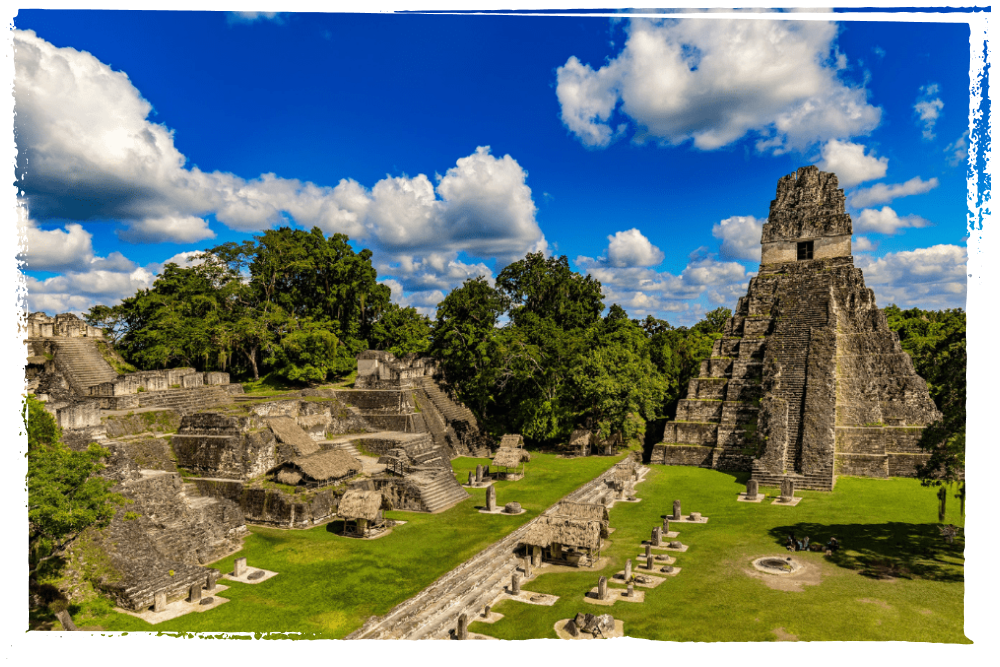
Tikal is an ancient Mayan city deep in the rainforest of Guatemala, within the Tikal National Park. It was the capital of the most powerful kingdoms of Maya and was designated a UNESCO World Heritage site in 1979. The city was inhabited from the 6th century BC to the 10th century AD. Tikal is a premier example of ancient architecture, with temples and public squares. The most well-known of these is the Tikal Temple, a
Tikal


154 ft high pyramid-like that rises steeply to a room with the likeness of a king sitting upon a jaguar throne.
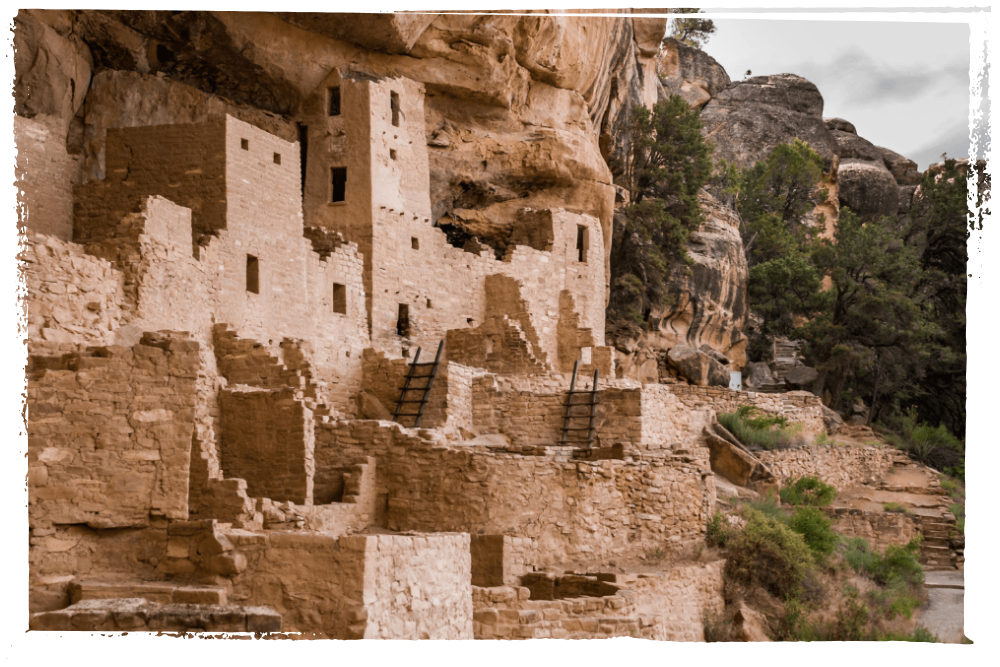
Mesa Verde National Park is considered one of the most well-preserved Ancestral Puebloan sites in the United States. Located in Montezuma County, Colorado, the 52,485-acre park was given protected status in 1906. The main attractions of this park are the cliff and cave dwellings. These were built in niches or caves along the cliff’s face and ranged in size from a one-room dwelling to villages with more than 150
Mesa Verde


rooms. Mesa Verde was a marvel of engineering for the time.

Located at the mouth of the Moche Valley in Peru, Chan Chan was the capital of the Chimor Empire (900 to 1470 AD) and was later incorporated into the Inca Empire. The arid desert region where Chan Chan sits makes building materials scarce, so the structures are primarily made of mud. The city held almost 60,000 people at the height of its power. There are approximately 10,000 structures around the ancient
Chan Chan


capital of Chan Chan, some with walls 30 ft high. Designs of lines, triangles, and creatures decorate the walls of these structures.
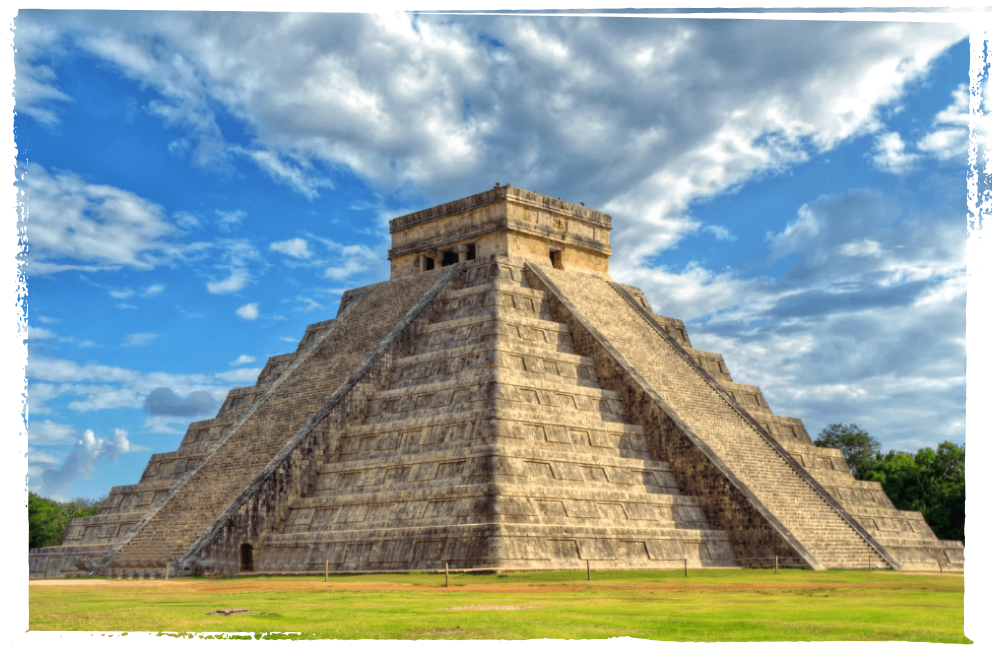
One of the more well-known ruins in the Americas is Chichen Itza. Built by the Mayans, Chichen Itza is Mexico’s most visited archeological site. A city rivaling the biggest of all the ancient Mayan cities, it occupies an area of 4 sq mi in the state of Yucatan, Mexico — with a possible peak population of 35,000. The many spectacular edifices throughout Chichen Itza always amaze visitors, but the most
Chichen Itza


prominent is the El Castillo El Templo, known as the Temple of Kukulcán — an iconic tiered pyramid that looks over the central plaza at 79 ft. Each year during the spring and autumn equinoxes, the late afternoon sun casts a shadow creating the image of a serpent crawling down the temple. There’s also a 223 ft wide court for a ball sport played by the ancients.